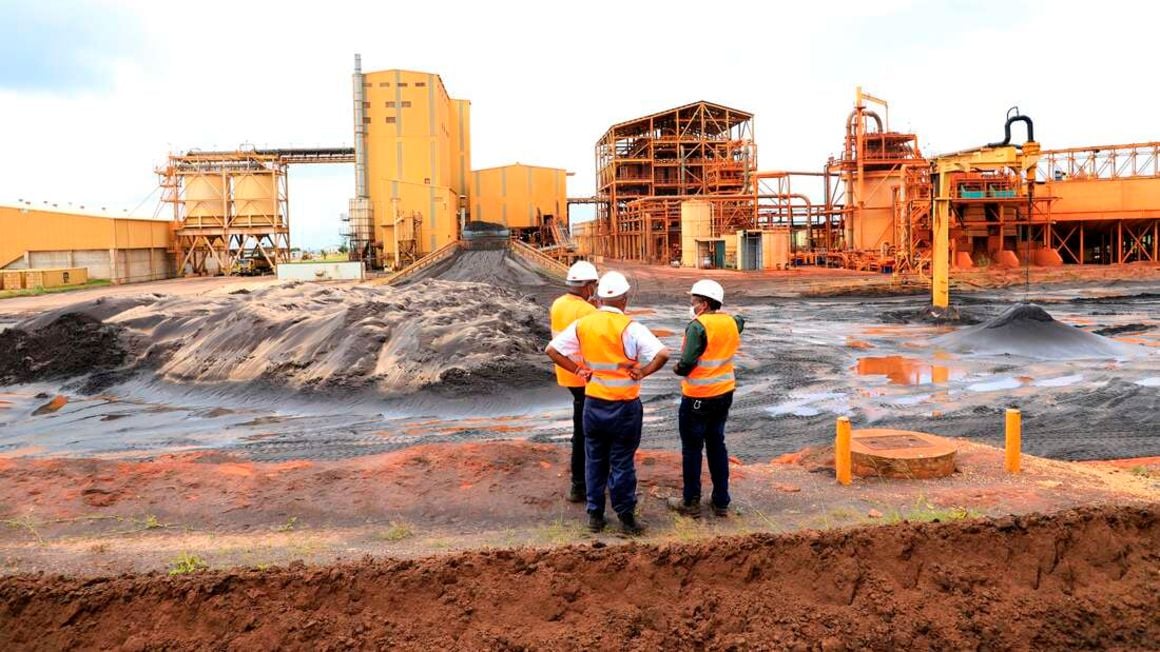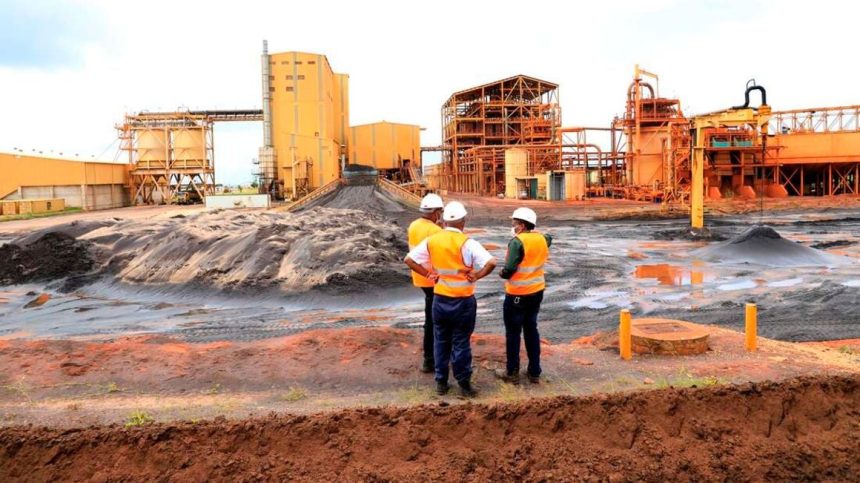Kwale miner Base Titanium has raised the prospect of extending the life of the operation after identifying ores in three new areas to the east of the current mining area.
The firm’s Australia-based parent firm Base Resources said in an update that the exploratory drilling in Kwale East has shown mineral concentration that is higher than that of the current mining areas.
Base Resources, however, cautioned that the subsidiary is yet to access landholder consent covering a third of the new prospective mining area.
The firm’s push to find new sites is on the background of diminishing mineral potential at its existing mines, where it expects ore to be depleted by the end of next year.
Exploration work on the new prospect that mainly covers three areas, namely Magaoni, Masindeni and Zigira started in 2015 but was held up by a lack of landholder consents and insufficient geological data.

The company secured enough consents for drilling last year.
“Mineral assemblage analysis indicates elevated concentrations of rutile and zircon relative to the Kwale deposits currently being mined, with average ilmenite of 52 percent, rutile of 18 percent and zircon of 10 percent of the heavy mineral content,” said Base Resources in the update posted to the Australian Securities Exchange (ASX) on Tuesday.
“While landowner consents for large portions of Kwale East have been obtained, access to all targeted drilling areas is yet to be obtained. Land access is a particular challenge in Magaoni and Zigira, with access to approximately 35 percent of the targeted areas yet to be obtained.”
The company added that community engagement seeking the remaining landowners’ consents is ongoing.
Base Titanium started mining in Kwale in 2013 at the Central Dune — whose minerals were exhausted in 2019 — and later shifted to the South Dune whose ore will be depleted in March next year.
Production will then be concentrated on the North Dunes, extending the life of the operation to late 2024.
The company said its projections show that volumes of ilmenite will come in at between 130,000-160,000 tonnes in the 2024 financial year, compared to a projection of 260,000 to 310,000 in the year ending June 2023.
Rutile volumes are projected at 35,000 to 41,000 tonnes, down from 62,000 to 73,000 in the year ended June 2023.



